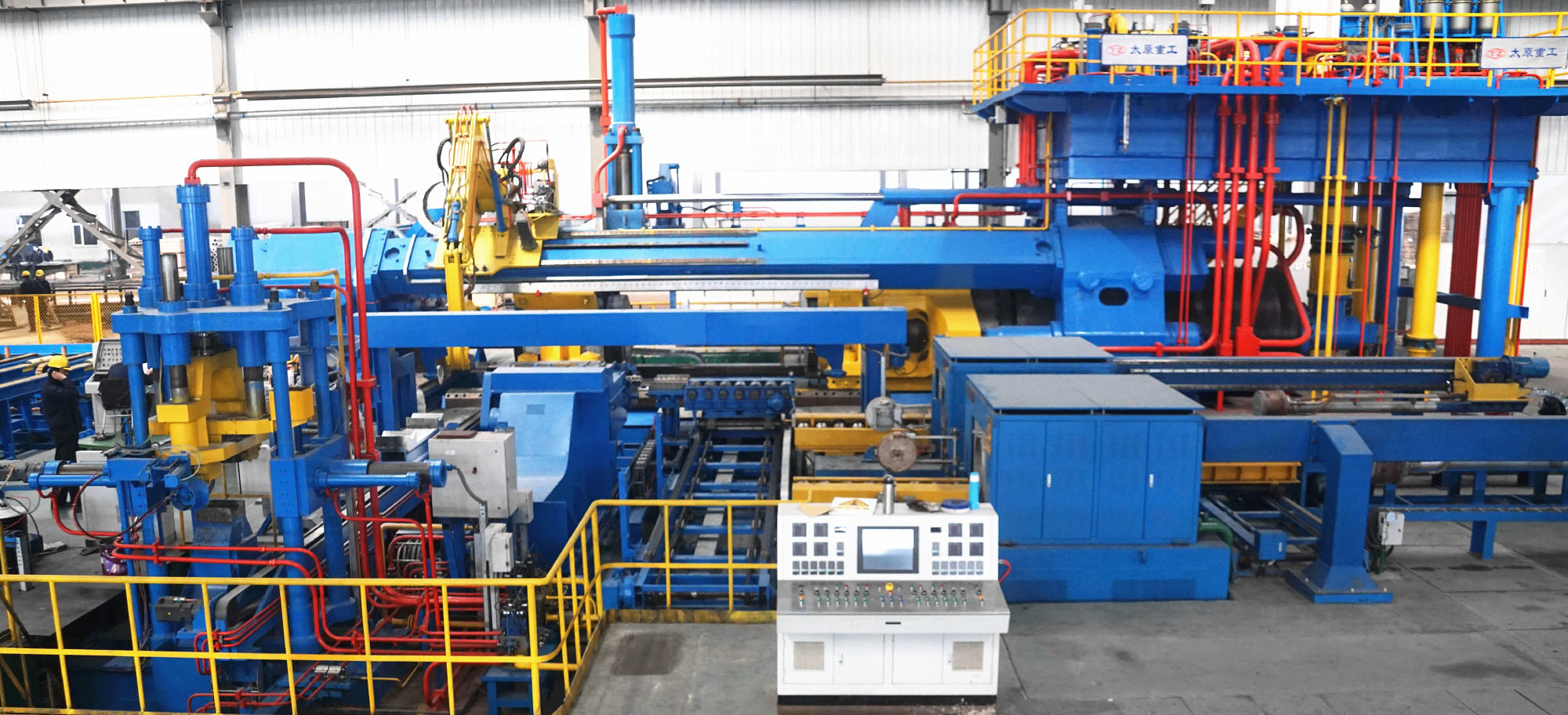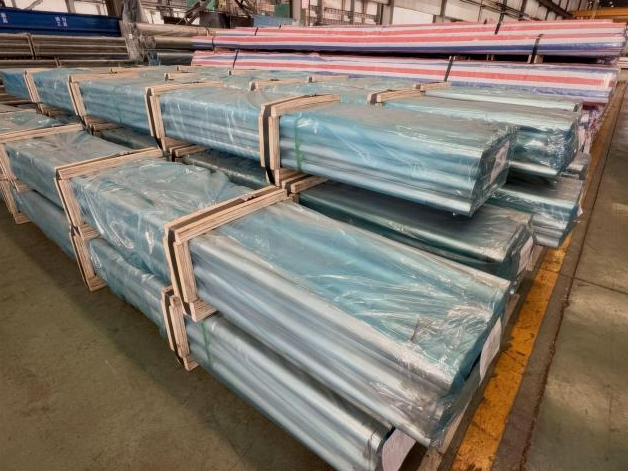Exploring the Innovations and Applications of 2024 Aluminum Alloy
--- 2024 aluminum alloy is a high-strength alloy primarily composed of copper, making it one of the most widely used aluminum alloys in aerospace and automotive applications. Known for its excellent mechanical properties, 2024 aluminum alloy boasts a high strength-to-weight ratio, making it an ideal choice for components where weight is a critical factor. One of the defining features of 2024 alum
Jul 27,2025
---
2024 aluminum alloy is a high-strength alloy primarily composed of copper, making it one of the most widely used aluminum alloys in aerospace and automotive applications. Known for its excellent mechanical properties, 2024 aluminum alloy boasts a high strength-to-weight ratio, making it an ideal choice for components where weight is a critical factor.
One of the defining features of 2024 aluminum alloy is its exceptional fatigue resistance, which is crucial in applications subjected to repetitive stress, such as aircraft structures. This alloy is often used in aircraft fuselages, wings, and other high-stress components that require materials capable of withstanding dynamic loading conditions over extended periods.
In addition to aerospace applications, 2024 aluminum alloy is also found in various military and automotive sectors. Its ability to maintain strength and integrity at elevated temperatures makes it suitable for high-performance vehicles and defense systems. Furthermore, its good machinability allows for the production of complex shapes and components, giving engineers and manufacturers the flexibility to innovate while ensuring that the materials used meet stringent performance standards.
The processing of 2024 aluminum alloy typically involves heat treatment to enhance its mechanical properties. This alloy can be subjected to various heat treatment processes, such as solution heat treatment followed by aging, to achieve desired strength and hardness levels. However, one of the trade-offs of using this alloy is its susceptibility to corrosion, particularly in marine environments. Therefore, proper surface treatments or coatings are often recommended to mitigate corrosion risks and extend the lifespan of components made from this alloy.
As industries continue to evolve, the demand for materials like 2024 aluminum alloy is expected to grow. Researchers and engineers are exploring new ways to enhance its properties further, including the development of hybrid materials that combine the strengths of multiple alloys. This innovation is likely to drive future applications in emerging fields such as renewable energy, transportation, and advanced manufacturing.
In conclusion, 2024 aluminum alloy stands out as a versatile material with a broad range of applications due to its exceptional mechanical properties and weight-saving capabilities. Its continued development and optimization will play a vital role in meeting the demands of modern engineering challenges, making it a material of choice in various high-performance applications. For those looking to utilize 2024 aluminum alloy, understanding its characteristics, applications, and potential enhancements will be key to leveraging its benefits effectively.
2024 aluminum alloy is a high-strength alloy primarily composed of copper, making it one of the most widely used aluminum alloys in aerospace and automotive applications. Known for its excellent mechanical properties, 2024 aluminum alloy boasts a high strength-to-weight ratio, making it an ideal choice for components where weight is a critical factor.
One of the defining features of 2024 aluminum alloy is its exceptional fatigue resistance, which is crucial in applications subjected to repetitive stress, such as aircraft structures. This alloy is often used in aircraft fuselages, wings, and other high-stress components that require materials capable of withstanding dynamic loading conditions over extended periods.
In addition to aerospace applications, 2024 aluminum alloy is also found in various military and automotive sectors. Its ability to maintain strength and integrity at elevated temperatures makes it suitable for high-performance vehicles and defense systems. Furthermore, its good machinability allows for the production of complex shapes and components, giving engineers and manufacturers the flexibility to innovate while ensuring that the materials used meet stringent performance standards.
The processing of 2024 aluminum alloy typically involves heat treatment to enhance its mechanical properties. This alloy can be subjected to various heat treatment processes, such as solution heat treatment followed by aging, to achieve desired strength and hardness levels. However, one of the trade-offs of using this alloy is its susceptibility to corrosion, particularly in marine environments. Therefore, proper surface treatments or coatings are often recommended to mitigate corrosion risks and extend the lifespan of components made from this alloy.
As industries continue to evolve, the demand for materials like 2024 aluminum alloy is expected to grow. Researchers and engineers are exploring new ways to enhance its properties further, including the development of hybrid materials that combine the strengths of multiple alloys. This innovation is likely to drive future applications in emerging fields such as renewable energy, transportation, and advanced manufacturing.
In conclusion, 2024 aluminum alloy stands out as a versatile material with a broad range of applications due to its exceptional mechanical properties and weight-saving capabilities. Its continued development and optimization will play a vital role in meeting the demands of modern engineering challenges, making it a material of choice in various high-performance applications. For those looking to utilize 2024 aluminum alloy, understanding its characteristics, applications, and potential enhancements will be key to leveraging its benefits effectively.
Previous:
Next:
Latest Developments











